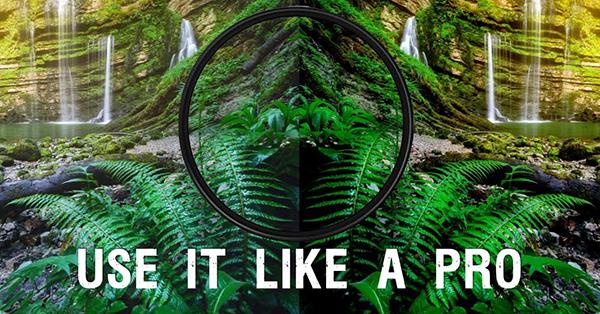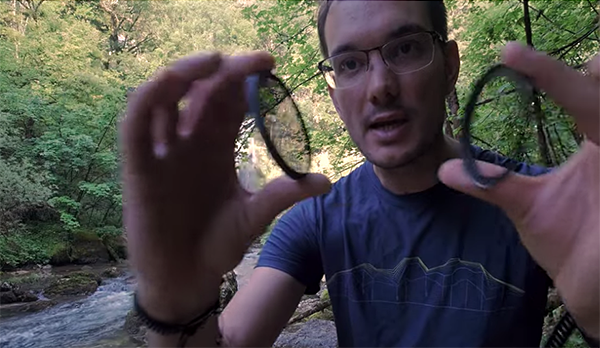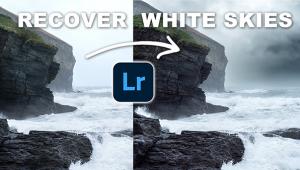Use a POLARIZING FILTER for Travel & Nature Photos that Grab Attention (VIDEO)

Ask any landscape photographer to name two filters they can't live without, and the answer is likely to be a polarizer and a neutral density (ND) filter. The video below concentrates on the former, explaining how this affordable tool can really add impact to just about any image you shoot outdoors.
Instructor Remi Bergougroux is an accomplished French pro specializing in travel and nature imagery who insists that "only one filter is essential;" namely the polarizer with it's easy-to use rotating ring that enables you to achieve exactly the look you want. In this behind-the-scenes episode he uses images of two waterfalls to provide a complete demonstration of how these filters work.
As Bergougroux says, polarizing filters can be used to minimize reflections, remove distracting glare, increase saturation, and darken pale blue skies. He explains why scenes containing water, like ponds, lakes, and cascading waterfalls, are particularly apt examples of when the polarizer works its magic with ease.

The polarizer simply threads onto the front of a lens, like most other filters, and Bergougroux offers this money-saving tip if you own lenses with different thread sizes: Buy a polarizing filter to fit your largest lens, and then get a couple cheap step-up rings so you can mount it on lenses with smaller front elements.
While you always want to buy high-quality filters for the best possible image quality, there's no reason not to economize when buying the step-up rings; they're pretty much all the same. Instead of purchasing and carrying polarizers of various diameters, Bergougroux uses a 62mm filter to fit his 55-200mm zoom, along with adapter rings to accommodate his wide-angle and the other smaller lenses he owns.
As easy as a polarizing filter is to use, Bergougroux notes that there a few things to know for achieving optimum results. First, there needs to be some sun in the scene. And it's important to understand how your position relative to the sun can help determine the effect you achieve. Therefore, your vantage point and careful composition factor into the equation.

As we mentioned above, polarizing filters have a rotating ring on the front, and some photographers make the mistake of turning the ring until they observe the maximum amount of polarization. That's not's always the best approach for a few reasons. First, darkening a pale sky to the max or achieving maximum saturation can result in an unnatural look.
When it comes to water scenes, totally eliminating reflections may deaden the shot. So be sure to carefully examine the scene in the viewfinder while rotating the ring before you snap the shutter.
You can find more helpful tips on Bergougroux' YouTube channel, and in the tutorial we posted earlier that explains how to capture eye-catching landscape photos when you can't shoot at Golden Hour.














































